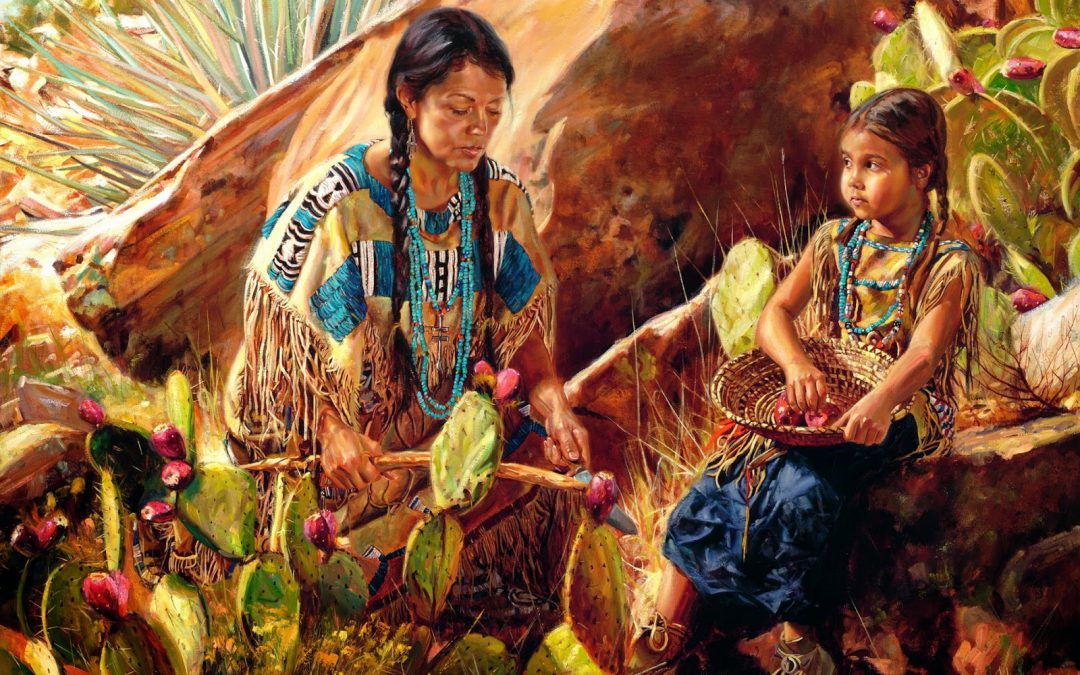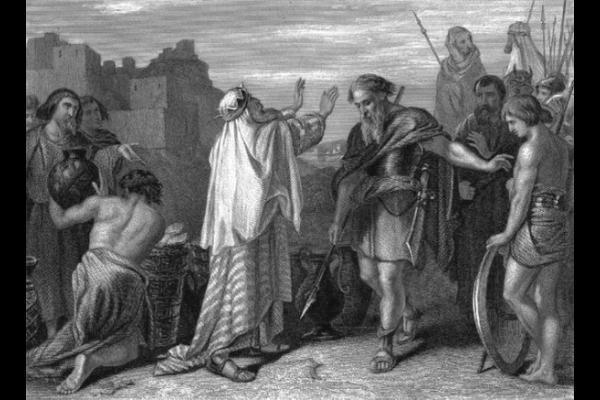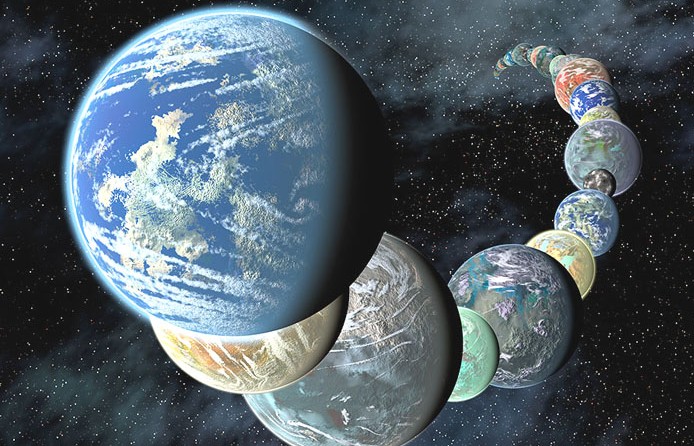Question
Dear Gramps,
1. How can the Mormom position that the American Indians are descendants of the “Lamanites” be maintained when DNA evidence proves a much different scientific story of human migration and origin?
2. What archeological evidence exists that substantiates Mormon accounts of the ancient America’s civilizations? Thanks
Douglas
Answer
Dear Douglas,
1. You are laboring under a very false presumption. DNA evidence has NEVER proved a specific origin for the American Indian. The American Indians of today are without doubt a mix of many origins–including Asiatic. For instance, there is a genetically related bluish mark near the base of the spine of new-born Aztec babies, called the Mongoloid spot, which is characteristic of east Asian children.
You also make the false assumption that the Lamanite people were Jewish in origin. Lehi, the father of the family that migrated from Jerusalem to the “promised land” in 600 BC, was not Jewish. His ancestry came from Manasseh rather than from Judah.
The highly flawed account of the DNA evidence to which you refer received significant press “sensationalism” when first published. However, the more-than-adequate scientific refutations of this account have received very little press. Nevertheless, they have been published and are available to any objective inquirer. You may find a collection of the refutations of this ax-grinding pseudo-scientific claim on the following web site. Please access www.jefflindsay.com. I think some of your issues and questions might be resolved.
2. Archaeological evidences that substantiate the Mormon account of ancient American civilization would fill a library. Any public library should have numbers of books on the subject. However, let me give you one objective archaeological evidence of the validity of the Book of Mormon account of the origin of the Native American that is not very well known, but is a highly conclusive evidence of the validity of the Book of Mormon account–specifically, the account of their arrival from “across the sea” and of the dark skin (obscurity) of the Lamanites.
During the Spanish inquisition, Alvarado, a lieutenant of Cortez, invaded what is now Guatemala, burned the city of Utatlan, executed most of the ruling class of the Quiche Indian inhabitants, and transported the people to nearby Chichicastenango. However, one of the ruling class, a prince of the Quiche nation that was not executed was captured and retained by the Spaniards. He learned the Spanish language, was converted to Christianity and took upon himself the Christian name of Francisco Gomez.
In about the year 1550 this prince wrote down from memory the history of his people in the Quiche language, using the Roman alphabet of the Spanish language. In this history he reports that the record formerly existed as a written document but that the art of writing had been lost, and that their history remained only in the minds of the people.
That document was discovered by Father Frier Francisco Ximenez in Chichicastenango in about 1700, who made a transliteration (not a translation) of the document into Spanish. This document was later rediscovered in a library in Guatemala City in 1853 by Dr. Carl Scherzer, of Vienna. In 1855 Abate Brasseur de Bourbourg removed the manuscript to Paris and translated it into French. Brasseur’s works were acquired by Edward E. Ayer, who later gave his entire collection of such works to the Newberry Library in Chicago.
Adrian Recinos discovered the Ximenez document in the Newberry Library in 1941. Recinos was acquainted with the Quiche language and published the work in the Spanish language in 1946 under the title Popl Vuh (the book of the princes).
Now, here is an extremely unique and important aside about that book. Much of the Bible and the Book of Mormon are written in a very distinctive literary form, which is a characteristic of Hebrew religious literature. This literary form is called chiasmus. The chiasmus consists of an inverted parallelism, such as a series of items, either words or phrases, mentioned in the order A B C D, then repeated in the reverse order of D C B A. The Popol Vuh, written from memory, is highly chiastic in form!
In the introduction to the Quiche document the Quiche prince writes
“I, Don Francisco Gomez, First Ahzib Quiche, here in this paper write of the coming of our fathers and our grandfathers from other there, from the other side of the sea, from where rises the sun.”
A second such document has been found, called the Memorial of Tecpan-Atitlan, in which is written
“From the east we came to Tulan, from the other side of the sea, and it was in Tulan where we were engendered and born of our fathers and mothers.”
Bernardino Sahagun, a missionary and Aztec archeologist, born in Leon, Spain about 1500, and who died in Mexico 23 Oct. 1590, quoted another aboriginal document as follows:
“It has been years without number that the first populators arrived to this part of New Spain. They disembarked in Panuco and from that port commenced to walk along the side of the sea, looking at the snow covered mountains and volcanos until they arrived at the province of Guatemala, being guided by their priest who carried with him their God, with whom he always counseled in regard to what they were to do, and they went to populate Tamoanchan, where they lived for much time.”
In the preamble to the Popol Vuh, the Quiche author writes,
“This we write within the law of God, in Christianity. We bring it to light because no more is seen the Popol Vuh, as it is called, wherein was clearly seen our coming from the other side of the sea and the narration of our obscurity, and wherein the account of life is clearly seen.”
The Popol Vuh begins with an account of the creation, roughly paralleling the bible account, and includes the story of a Redeemer God, who was the Savior of their people.
Gramps







